The installation of profile bedside rails is an excellent approach to increase the safety of your patients; yet, the rigid metal and wooden frames of these rails can create a new risk of injury to your patients. Bed Bumpers add padding to the side rails of the double bed, helping to absorb the force of any collision and preventing the patient's limbs from becoming caught in the rail framework. Even though profile beds are often made to accommodate the greatest number of individuals feasible, patients who are particularly tall may still require some additional length in order to have the necessary room. These Bed Extensions provide your normal profile bed that additional length, transforming it into a bed that can accommodate patients of varying heights and weights. Patients who have limited mobility may frequently require a great quantity of assistance in order to move around their environment. Without the appropriate tools, this can place an unhealthy amount of strain on the caregivers who are providing assistance to the patients. Hoists are built with powerful motors, which allow for the transfer and positioning of patients to be done in a smooth and hassle-free manner.
Hospital Bed Bumpers
In general, inflatable bedsides and bumpers cannot be adjusted, and they may require a mattress and bed rails of a specific size in order to function properly. Because of this, it is essential not to alter the size or specification of the mattress or bed rails from what the manufacturer recommends. Doing so will prevent gaps that could become sources of entrapment and will keep the bed from becoming unstable. When an occupant of the bed leans against the inflatable rails, the shape of the rails may vary. This fact needs to be considered when determining the danger level posed by the possibility of entrapment. Some inflatable or padded bedsides have their own 'pocket' or compartment for the mattress, which is a feature that drastically lowers the chance of entanglement between the mattress and the side walls of the bed. In order for inflatable bedsides to be effective, they need to be inflated all the way.
They could lose their air over time, so you should check on them on a frequent basis to make sure that hasn't happened. It is important to follow the directions provided by the manufacturer for using cushioned and inflated bed sides correctly. Should you fail to comply, you risk causing yourself harm. Bed rail bumpers, padded accessories, or enveloping covers are used primarily to prevent impact injuries; however, when they are securely affixed to the bed or rail in accordance with the instructions for use, they can also reduce the potential for limb entrapment. This is because they surround the patient. On the other hand, bumpers that are able to move or compress may present their own set of entrapment risks.
Hospital Bed Extender
The use of this bed extension, which is a product that is exclusive, allows for the creation of an extra-long bed at a reduced cost. This bed extension can be used with any bed that does not have a footboard attached to it. Along with the hardwood mattress extension support, this product also comes with a zipped mattress enclosure that is ninety degrees long. The foam can also be purchased down below if you find that you require it. The bed is simple to assemble; simply open the platform on a level surface, attach the legs using the bolts that are provided, and slide the extender's "tongue" between the mattress and the box spring. Finally, adjust the height of the legs so that the extender is parallel to the floor. Place your current mattress inside the mattress enclosure that has a zipper, and then zip your foam into place at the foot of your mattress. That settles it; you get a score of 90; a very long bed!
Hospital Bed Hoist
Hoists are lifting apparatuses that use mechanical advantage to move items vertically and support hanging weights. They can be mechanical or electro-mechanical. Utilizing pulleys or gears convert small forces exerted over long distances into bigger forces applied over short distances, and mechanical hoist equipment distributes weight. A barrel, a drum, a wheel, or other object has a chain or rope twisted around it. The chain or rope is then wound around pulleys or gears with various radii, some of which may be in the load block. Reeving is the arrangement that defines how a load's force will be dispersed or transferred. Hoists can be used for ordinary lifting tasks or for specialized ones, such as removing an engine from a car.  They can be employed in stationary or mobile applications. In most cases, hoists have a hook at the fixed end that attaches to a crane or trolley and a hook at the moveable end that grabs the load. Manual hoists are ratchet (lever-actuated) or hand chain-operated lifting devices, often known as chain falls. The hand chain, which controls the raising and lowering motion, and the load chain, which supports the load, are the two chains that make up a manual lifting hoist. Manual hoists often possess the following features in comparison to the majority of motorized hoists:
They can be employed in stationary or mobile applications. In most cases, hoists have a hook at the fixed end that attaches to a crane or trolley and a hook at the moveable end that grabs the load. Manual hoists are ratchet (lever-actuated) or hand chain-operated lifting devices, often known as chain falls. The hand chain, which controls the raising and lowering motion, and the load chain, which supports the load, are the two chains that make up a manual lifting hoist. Manual hoists often possess the following features in comparison to the majority of motorized hoists:
- Lower initial expenses
- portable and easier to move
- to lift bigger loads is harder labor.
- more time spent lifting than powered types
- typically, more prone to damage over time than powered models
One of the many forms of lifting equipment available is powered hoists, which come in three varieties: electric, air/pneumatic, and hydraulic. Powered hoists often have the following features in comparison to the majority of manual hoisting equipment:
- An expanded lifting capacity range Pendant or controller operated
- When used frequently, electric models are vulnerable to overheating.
- When sparking is a worry, air/pneumatic models are helpful.
Hospital Bed Urinal
For us, accepting the necessity to utilize a toileting aid—such as a bedpan or urinal—can be challenging and frustrating. Choosing and utilizing a toileting aid can be made even more challenging and unpleasant by the bewildering variety of product types and designs offered to us. This article attempts to make the shopping process as stress-free as possible by assisting you in determining which kind of goods is ideal for you or the person you are caring for. The type of toileting aid you choose should mostly depend on the user's physical mobility and whether it is intended for male or female use. While a urinal can be used standing or sitting, a bedpan is often used while the user is seated or lying down. Men use a bedpan for bowel movements and a urinal bottle for pee collection. For both purposes, women often use a bedpan, though some women may now choose an anatomically formed female urinal bottle.  It would be beneficial to consider whether you require measuring and monitoring urine output for medical purposes. If so, choosing a urinal container with a graduated scale for measuring is necessary. Another factor to take into account is its capacity. Is a huge capacity necessary if the user waits until the next morning to empty the device? Urinal bottles often hold less liquid than bedpans do. Will the equipment be utilized in a hospital, care facility, at home, or while traveling? In addition to having specialized facilities for cleaning reusable devices and removing disposable ones, hospital and nursing staff are educated in using bedpans and urinals. The ease of using and emptying the product must be taken into account by household users. Most household users and caregivers favor reusable plastic products since they can be hand-washed with hot water and soap, and their contents can be flushed down the toilet.
It would be beneficial to consider whether you require measuring and monitoring urine output for medical purposes. If so, choosing a urinal container with a graduated scale for measuring is necessary. Another factor to take into account is its capacity. Is a huge capacity necessary if the user waits until the next morning to empty the device? Urinal bottles often hold less liquid than bedpans do. Will the equipment be utilized in a hospital, care facility, at home, or while traveling? In addition to having specialized facilities for cleaning reusable devices and removing disposable ones, hospital and nursing staff are educated in using bedpans and urinals. The ease of using and emptying the product must be taken into account by household users. Most household users and caregivers favor reusable plastic products since they can be hand-washed with hot water and soap, and their contents can be flushed down the toilet. 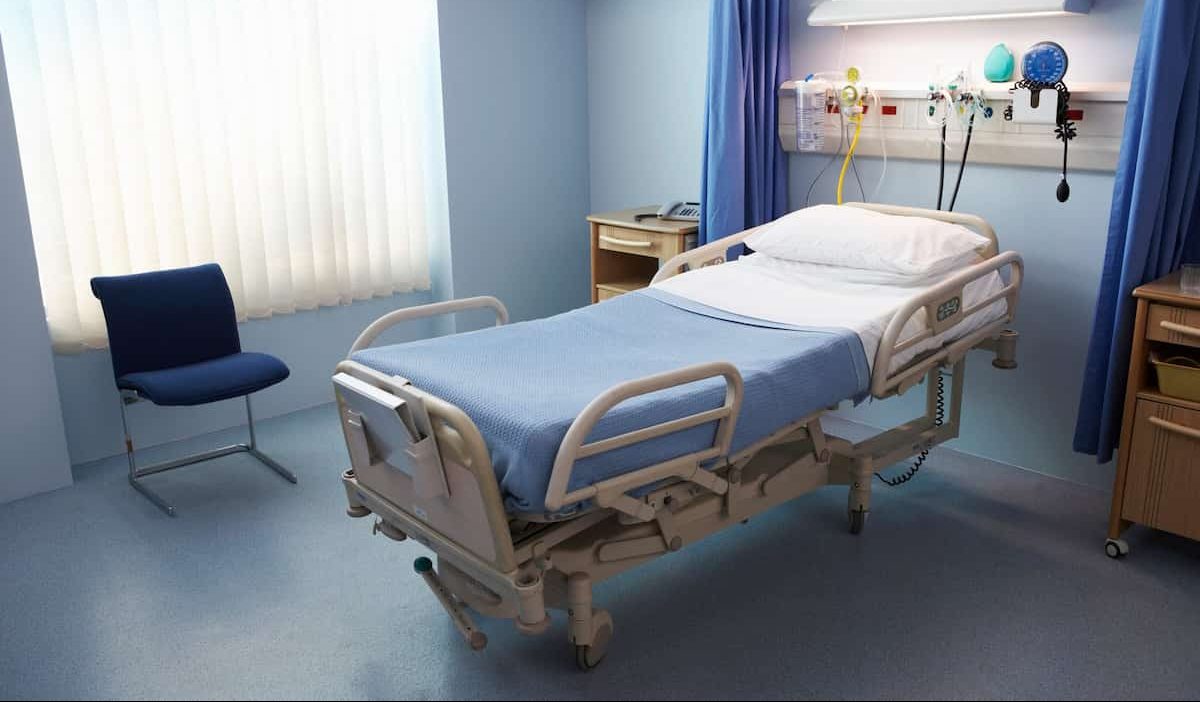
Hospital Bed Wedges
A pillow that is used as a bed wedge is made of foam that is relatively firm. The wedge pillow's triangular shape and gradual slope aid in maintaining a semi-upright position for the user as they sleep. The bed wedge pillow has multiple functions; the degree of the slope depends on which side of the cushion is up against the bed. It is possible to read in bed comfortably with a very upright wedge or to sit up during the day while still being semi-reclined using this satin pillow. When the long side of the wedge is placed against the wall, and the short side is placed against the bed, a wedge is formed. You can select the level of incline you desire because these wedges come in a variety of heights. Raising the head and shoulders improves sleep for those with GERD and acid reflux because the head and shoulders are higher than the stomach, which naturally reduces the amount of stomach acid that can enter the esophagus. You can also utilize the bed wedge pillow when your sinuses are congested. By sleeping with your head elevated, you prevent your nose and sinuses from becoming flooded since the wedge allows your sinuses to drain easily. When you are sick, a bed wedge can help you feel more at ease since it allows your sinuses to drain more effectively. As a result, you won't wake up with the built-up pressure that can exacerbate your other symptoms. This approach can provide relief whether you have the flu or a cold. 
Hospital Bed Organizer
This hospital bedside organizer helps patients feel more comfortable and organized at the cost of just a few pennies a day, which contributes to a better overall patient experience in the hospital. Thanks to this helpful feature, patients can enjoy the comfort of having their own possessions close at hand while lying in bed. Patients no longer need to look for things like their mobile phones, eyeglasses, iPads, novels, periodicals, or remote controls because they have the organizers. When it is time for a patient to go home from the hospital, the bedside storage caddy can be used to transport the patient's items. In addition, it has a handy attachment that can be mounted to a wheelchair or walker. 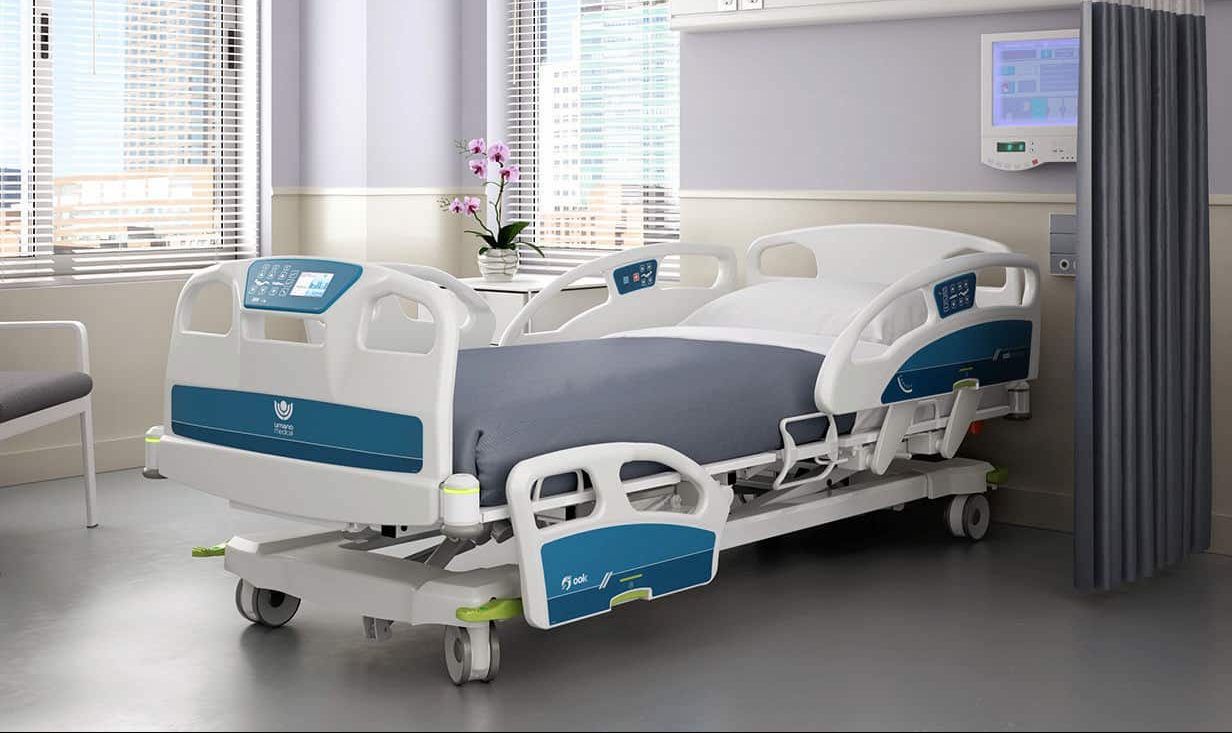 In the majority of hospital rooms, there is a movable table available for patients to use for storing their items. The table's fault is that it is typically cluttered, so its surface is frequently difficult to access. This issue is remedied by the organizer currently being considered for a patent. It can be quickly attached to the inside piece of the side rail of the hospital bed, giving patients easy access to their personal belongings. It solves the problem of patients losing belongings like eyeglasses, dentures, hearing aids, and other items since it keeps personal goods tidy, nearby, and off the rolling wood table.
In the majority of hospital rooms, there is a movable table available for patients to use for storing their items. The table's fault is that it is typically cluttered, so its surface is frequently difficult to access. This issue is remedied by the organizer currently being considered for a patent. It can be quickly attached to the inside piece of the side rail of the hospital bed, giving patients easy access to their personal belongings. It solves the problem of patients losing belongings like eyeglasses, dentures, hearing aids, and other items since it keeps personal goods tidy, nearby, and off the rolling wood table. 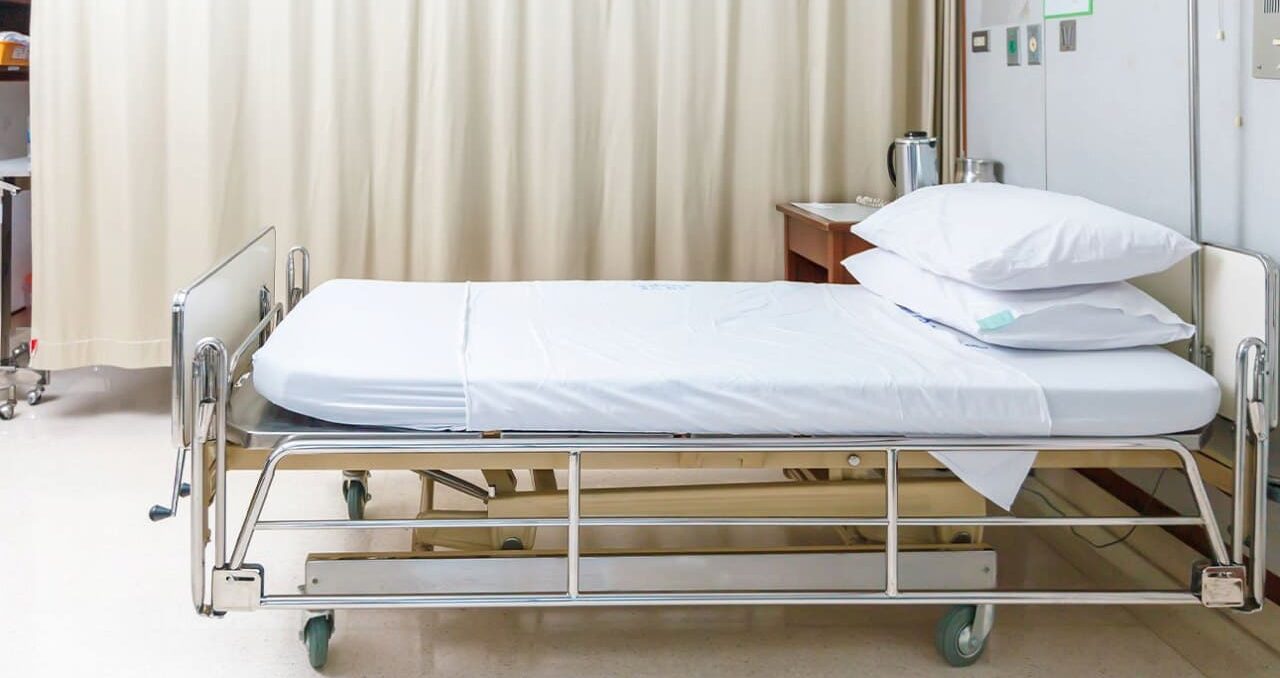 The caddies were developed as a promotional product and may be personalized with the color and logo of your hospital of choice. Statements could also be included on a card inserted on the front of the caddy, another choice that certain hospitals would find more convenient. This helps to reaffirm what is important for the patient's health and well-being, which in turn helps to improve their overall rating on the HCAHPS survey. In either case, this is an effective method for ingraining your brand into the consciousness of your clients and customers.
The caddies were developed as a promotional product and may be personalized with the color and logo of your hospital of choice. Statements could also be included on a card inserted on the front of the caddy, another choice that certain hospitals would find more convenient. This helps to reaffirm what is important for the patient's health and well-being, which in turn helps to improve their overall rating on the HCAHPS survey. In either case, this is an effective method for ingraining your brand into the consciousness of your clients and customers.

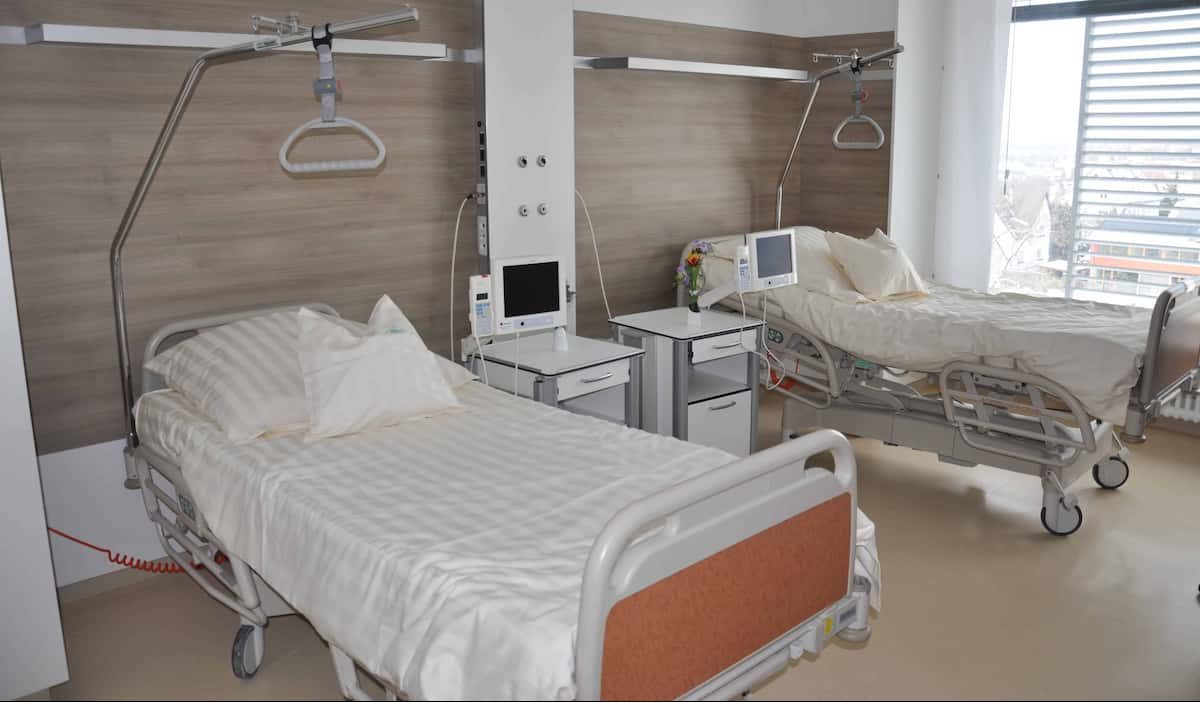

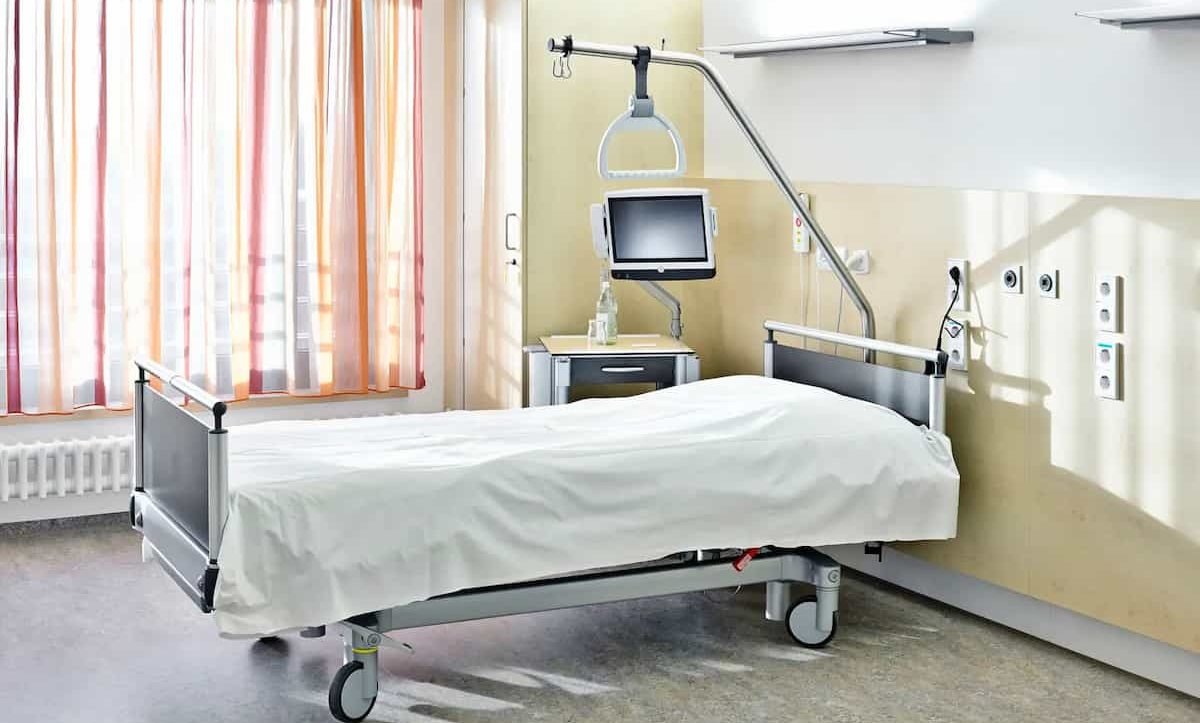
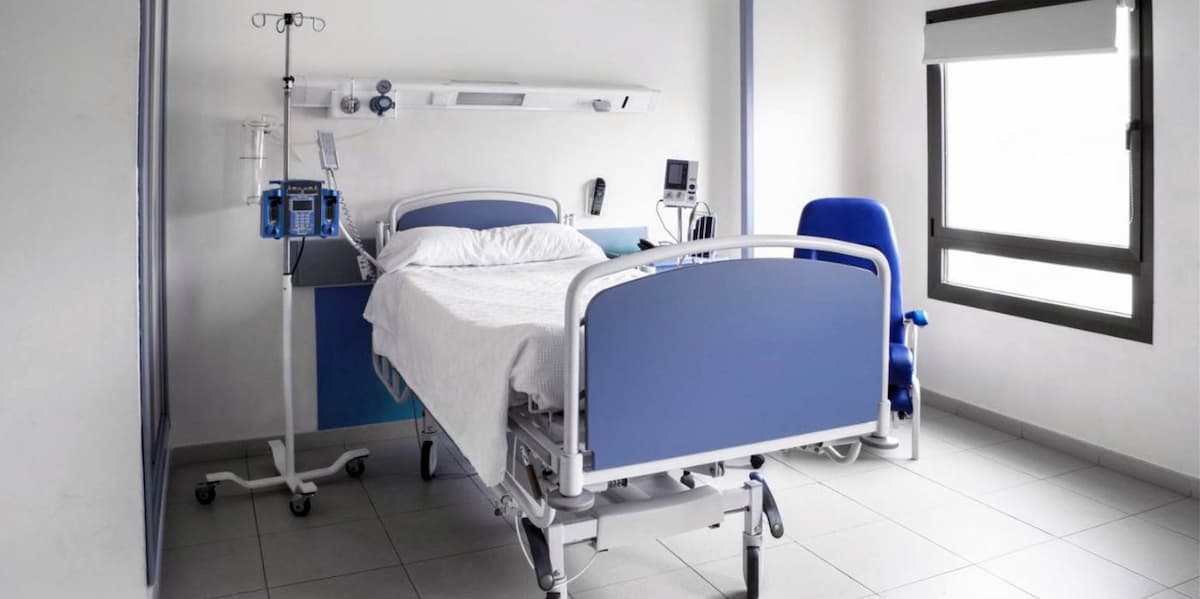

0
0